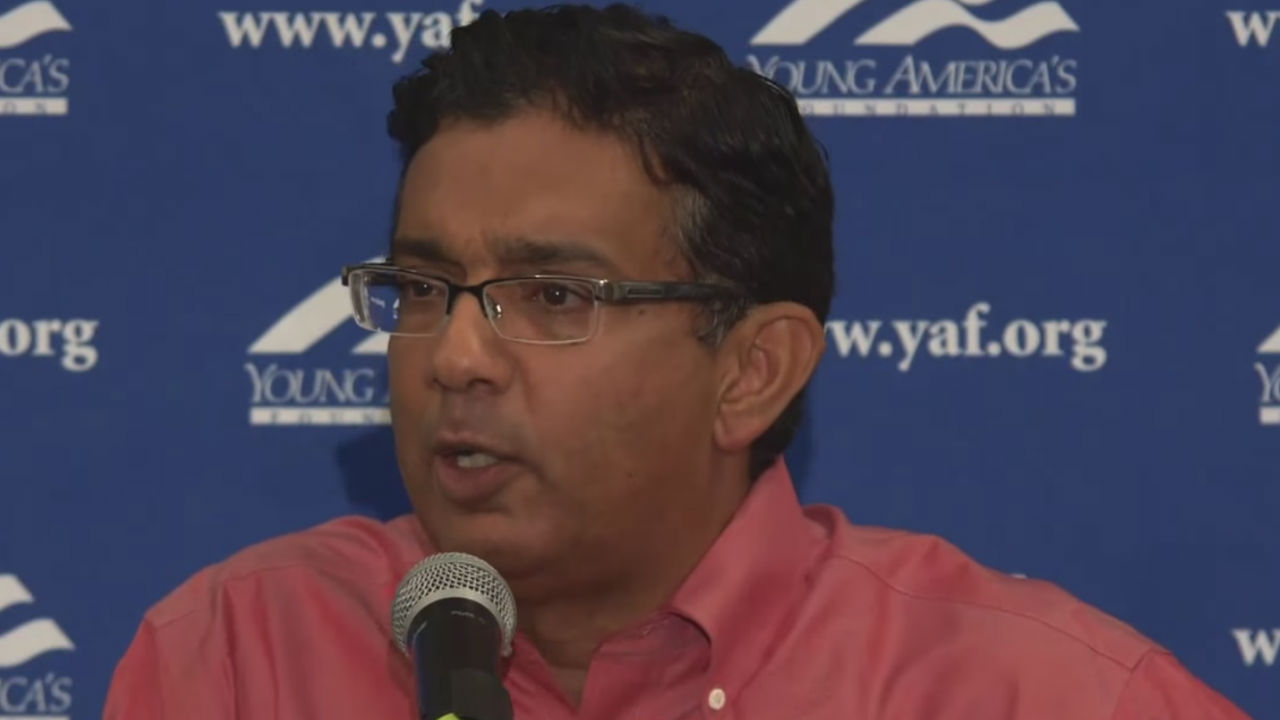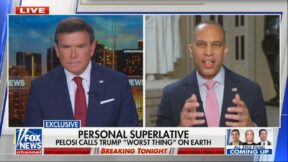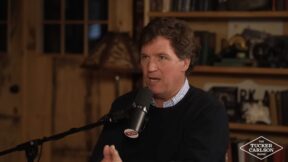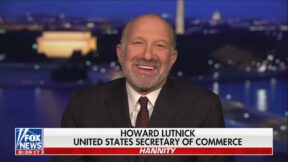The Washington Post Watched – and Fact-Checked – Dinesh D’Souza’s 2020 Election Movie So You Don’t Have To

Philip Bump with the Washington Post watched conservative filmmaker Dinesh D’Souza’s 2020 “election fraud” film 2000 Mules and offered a fact check for viewers.
The film debuted this past week and has become a popular topic online for conservatives.
Bump criticized it for attempting to deceive audiences into believing individuals engaged in a nationwide conspiracy to steal a win from former President Donald Trump.
D’Souza has touted the film as making the irrefutable case the election was rigged. Trump has praised the documentary for showing the ballot box “was stuffed, and stuffed like never before.”
According to Bump, the film relies on flawed cell phone geolocation technology, asks its audience to take leaps of faith and uses hyperbole to spin a wide web.
Central to 2000 Mules’ message is that phone-tracking can be used to locate the movements of people. The technology was displayed in a scene where it was implied to have been used to solve a homicide in Atlanta — when it was not.
After D’Souza shows his audience how the tracking technology works, he shows them people who were used as “mules” to traffic fraudulent ballots moved from one place to another were also tracked.
Their final stops were ballot drop boxes in battleground states.
Bump wrote after watching the film:
Analysis of geotracking data is the crux of D’Souza’s claims about there being an army of people who were dispatched to collect ballots before the presidential election. If data can be used to identify and arrest criminals in one case, the movie would have us believe, it can be similarly used in the case of all this alleged election fraud.
But looking at the case more closely, you see how the impression you’re meant to have is wildly misleading… In other words, D’Souza is elevating shaky, misrepresented, incomplete claims to bolster his rhetoric…
The technology is collected and shared by a group called True the Vote, which co-produced the documentary. The group shows activity in high traffic areas with ballot drop boxes. As Bump noted, geolocation technology is only so precise:
So we get sweeping claims about how many “mules” True the Vote identified in each city and the average number of drop boxes each visited. We’re shown one map of the travels of one “mule” throughout one city on one day, but even that is simply offered… as representing “a smoothed-out pattern of life” that we’re asked to assume is accurate. Everything else is just offered in the aggregate.
True the Vote tracked individuals, obtained camera footage of some of them visiting drop boxes and then D’Souza used sleight of hand editing, Bump concluded, to tell the story of something which never occurred.
The film also shows people taking phots of their ballots and wearing masks — which Bump noted occurred in the age of social media and during a pandemic.
He concluded:
There’s huge demand for proving that Trump didn’t lose in 2020, and this film provides just enough of a veneer of authority to let people collapse comfortably into that belief.
Bump’s take on the film is that it is essentially an opportunity for those seeking proof Trump won the election to have confirmation bias confirmed.




